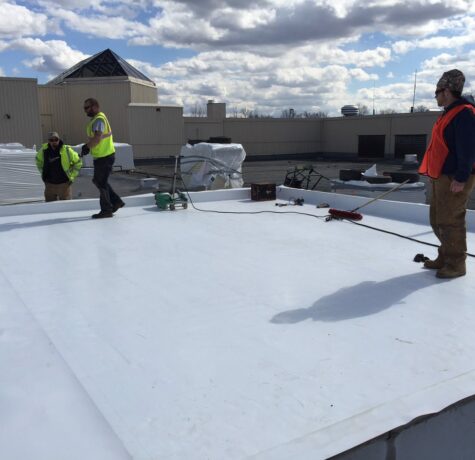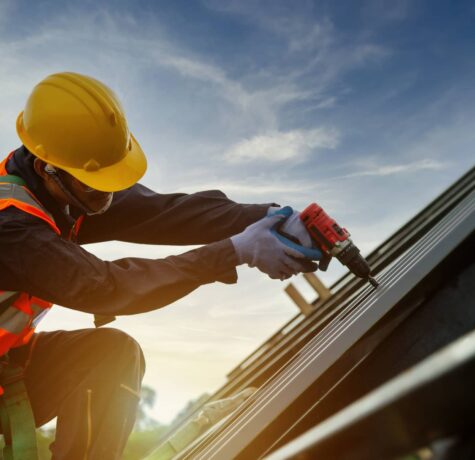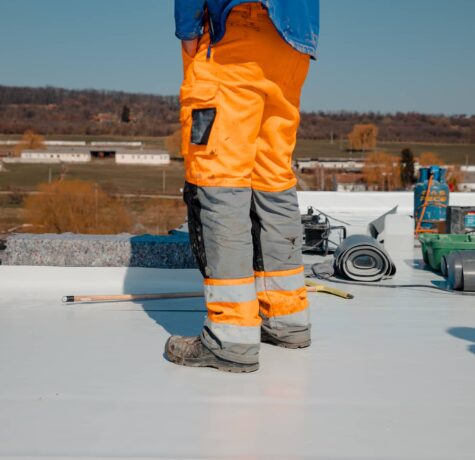If you have a predominantly flat roof, you need to know about TPO roofing. TPO is a chemical acronym for ThermoPlastic-Olefin. Basically, it’s a somewhat stiff, white plastic that is…
- May 22, 2016
Is a New Roof a Good Investment?
There are different scenarios that answer the question in different ways. These include a leaky, worn roof. Also, upgrading to a new roof for aesthetic purposes will have another answer.…
- January 15, 2016
How Can I Tell If My Flat Roof Is No Good?
The first step is to identify what sort of flat roof you have. The most common flat roof is smooth and white with a mineral grit surface, known as either…
- December 24, 2015
Questions to Ask To Decide to Hire a Roofer
Now a few roofers have come and gone, inspected your roof and now you must decide to hire a roofer. What do you do before you decide on a roofer,…
- December 24, 2015
Questions to Ask Your Roofer Before Making an Appointment
How do you choose your roofer? Most likely you have already called a roofer. You know the rains are coming and let’s be honest, in SoCal we don’t really consider…
- November 24, 2015
El Nino Rains Diagnostic Discussion
El Nino rains Diagnostic Discussion issued by CLIMATE PREDICTION CENTER/NCEP/NWS and the International Research Institute for Climate and Society 12 November 2015. “ENSO Alert System Status: El Niño Advisory The…



